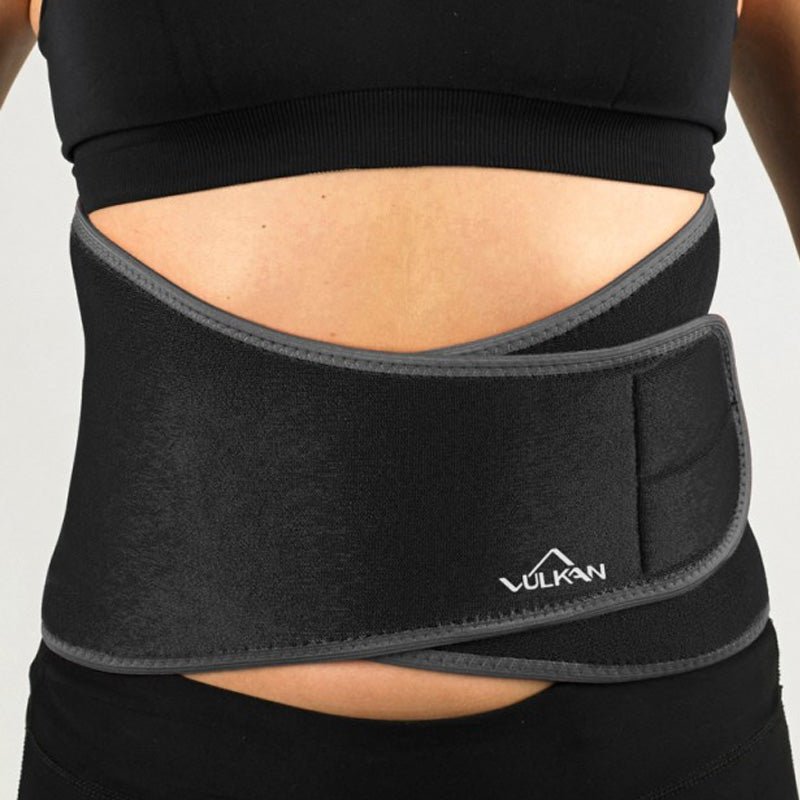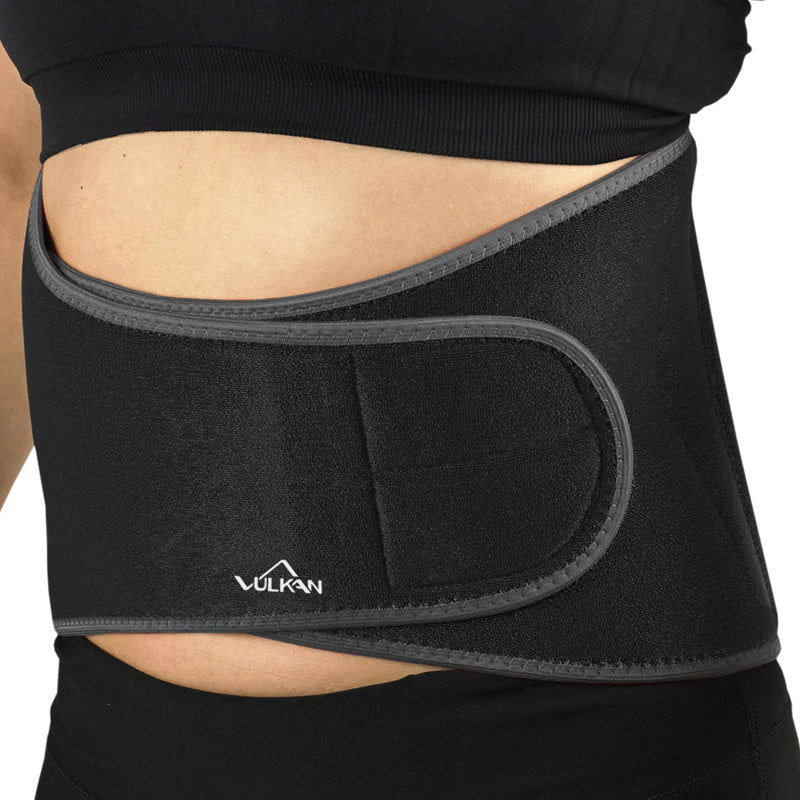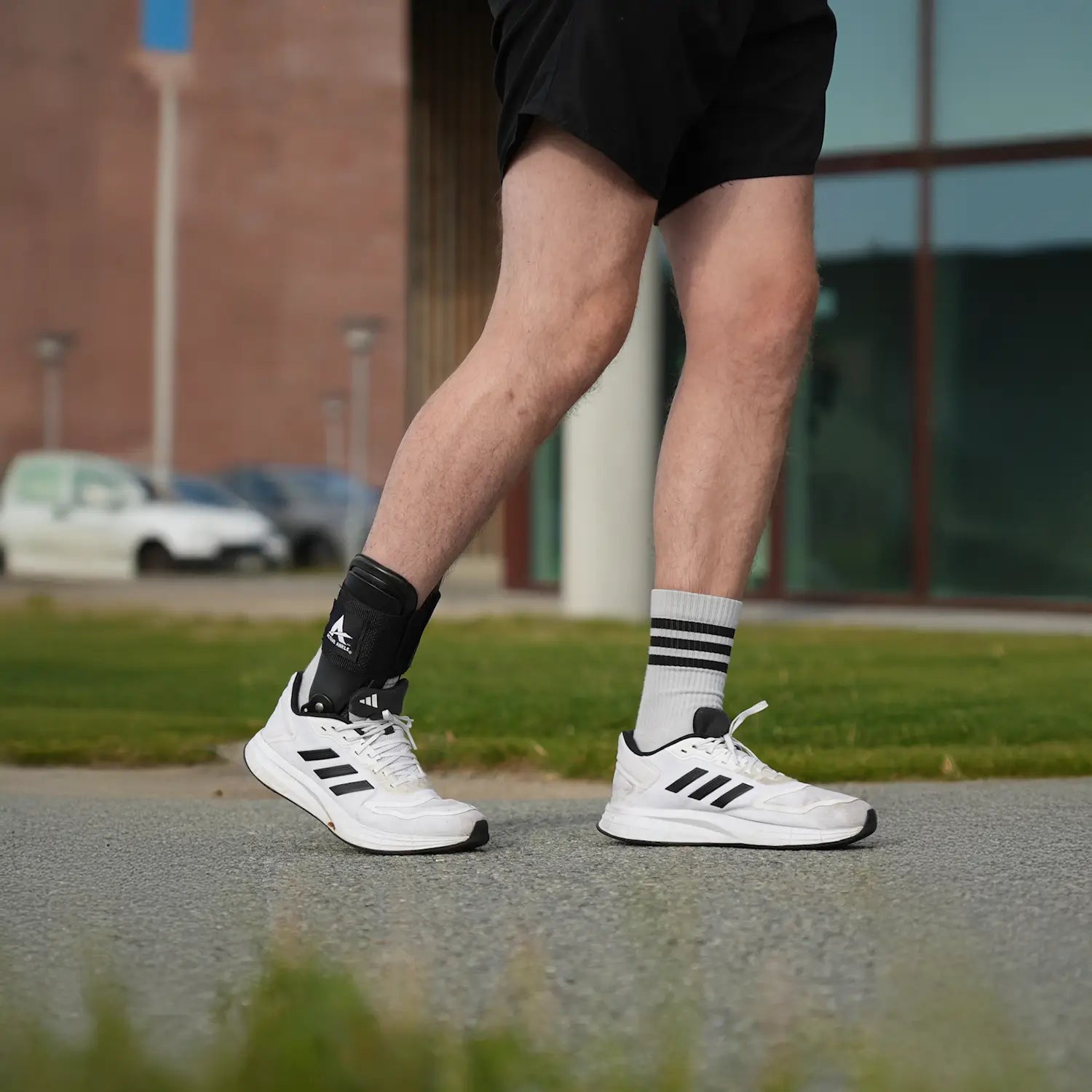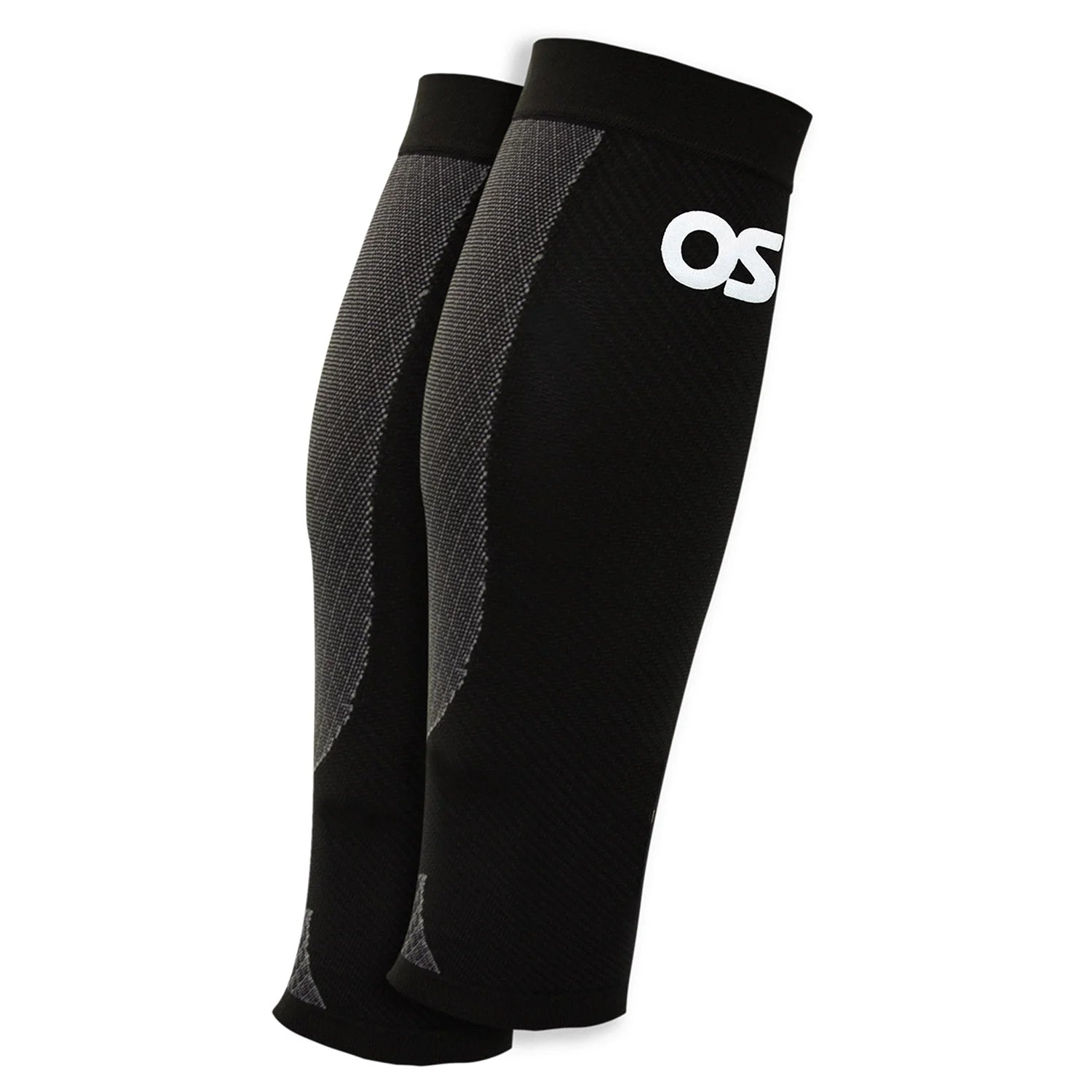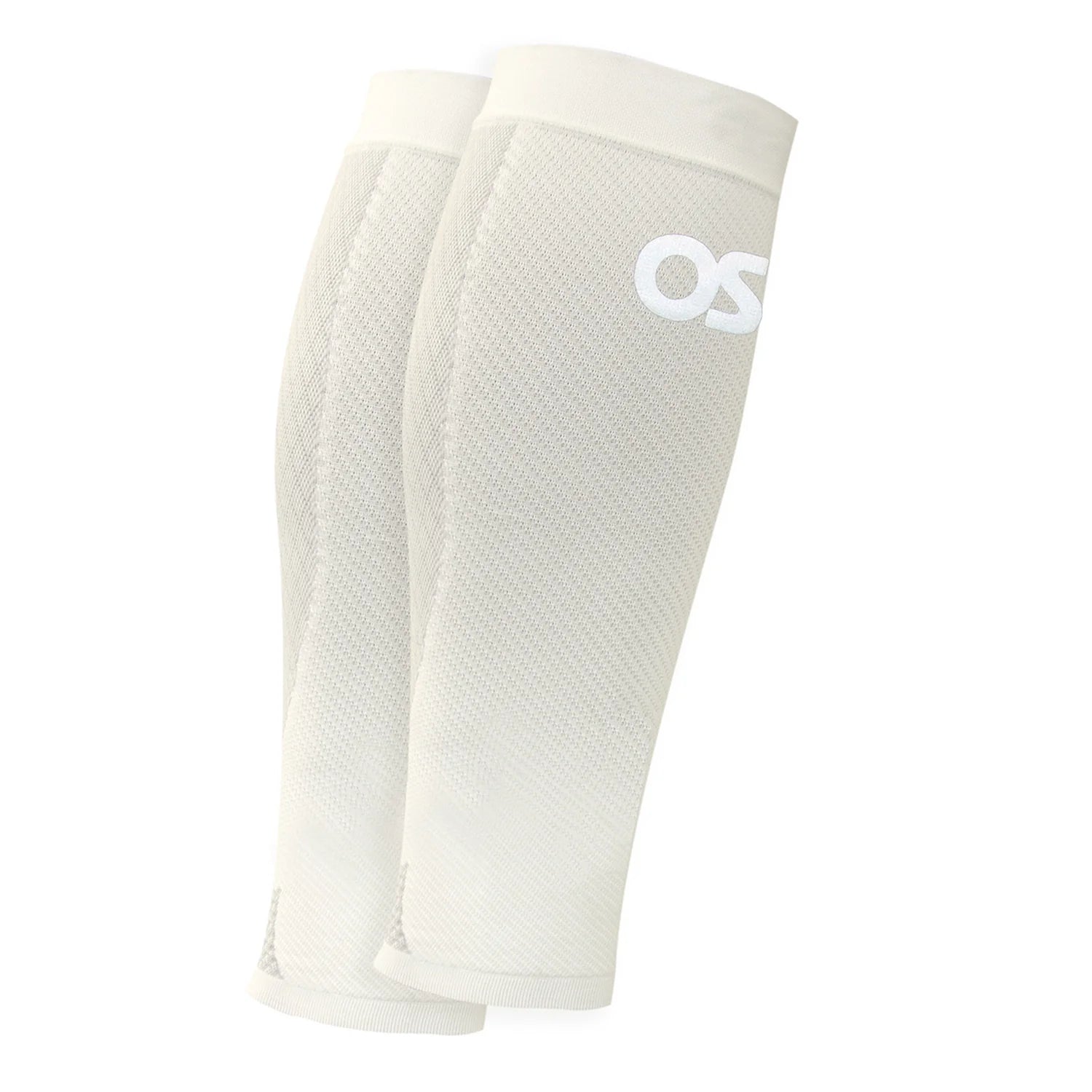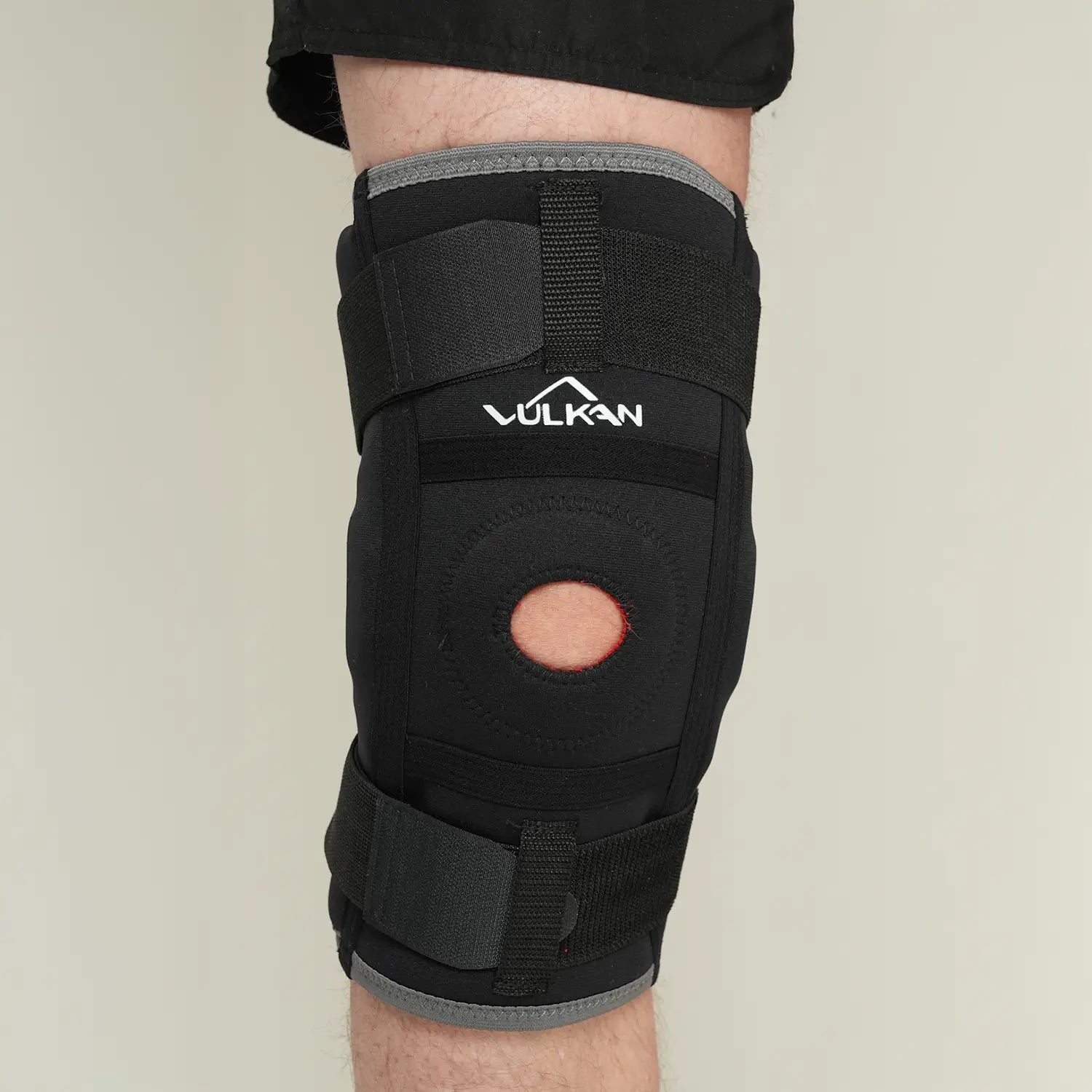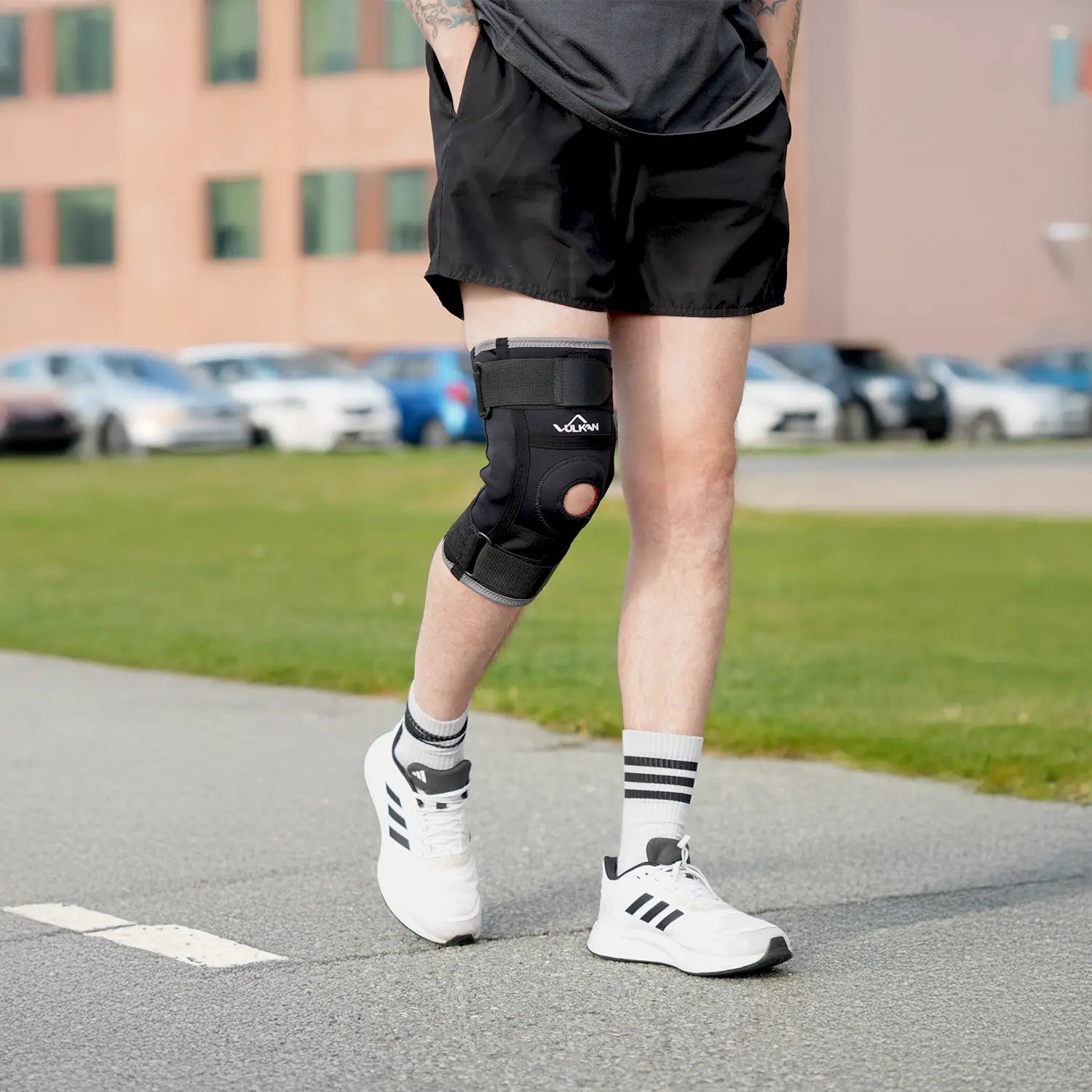
Pronation of the foot
Table of contents
Common causes of foot pronation
Pronation of the foot is a natural and important movement that helps absorb shock and adapt the foot to the surface. Pronation describes the way the foot rolls inward while walking or running, and about 80% of the population pronates to some degree without experiencing problems. A normal pronation is within an angle of 6-8°, which is considered a healthy movement to distribute the body's weight evenly. However, when pronation exceeds 12°, it is called overpronation, which can increase the risk of overuse injuries.
- Flat feet: A sunken arch can cause the foot to roll inward more than normal.
- Excess weight: Extra body weight increases the load on the feet, which can amplify the pronation movement.
- Improper shoes: Shoes without adequate support can contribute to overpronation.
- Muscle imbalances: Weak muscles in the foot and lower leg can lead to instability and overpronation.
Symptoms
- Pain in the arch of the foot or heel.
- Knee pain, especially on the inside of the knee.
- Periostitis.
- Rapid wear on the inside of the shoe soles.
- Fatigue in the feet after prolonged standing or walking.
Injuries and Problems that Pronation in the Foot Can Cause
Overpronation can lead to a variety of overuse injuries, especially in the foot, lower leg, and knee:
- Tendonitis : Overpronation increases movement and friction between the tendons in the lower leg, which can cause inflammation and pain.
- Knee pain : Overpronation can trigger pain on the inside of the knee joint because the inward movement of the foot creates imbalance that spreads up the leg.
- Plantar Fasciitis : This painful inflammation of the tendon sheath under the foot is often worsened by overpronation, as the inner side of the foot is overloaded.
- Kneecap Problems (Patella Luxation) : Overpronation can lead to instability in the kneecap and contribute to it moving out of its normal position.
- Medial Osteoarthritis : In osteoarthritis of the inside of the knee, overpronation can increase the load and thus worsen the symptoms.
Treatment
The best way to manage overpronation is by using pronation insoles. These insoles are specifically designed to support the inner side of the foot and correct its movement pattern. By placing the foot in a slightly supinated position (outward rotation), the pronation insole helps to reduce the inward movement of the foot and restore a more neutral foot position. This reduces the risk of overloading the ankle joint and further up the lower leg, knee and hip.
Pronation insoles are suitable for everyday use and can be used in all types of shoes. By correcting the position of the foot, they contribute to a straighter step and a more balanced load on the entire body. In this way, they can prevent the long-term complications often caused by overpronation.
Recommended products:
How do I know if I overpronate?
Signs include pain in the arch of the foot, knee pain, and wear on the inside of the soles of the shoes.
Is overpronation dangerous?
Overpronation can lead to various overuse injuries if left untreated.
Can the right shoes help?
Yes, shoes with the right support can help correct foot movement and reduce symptoms.




